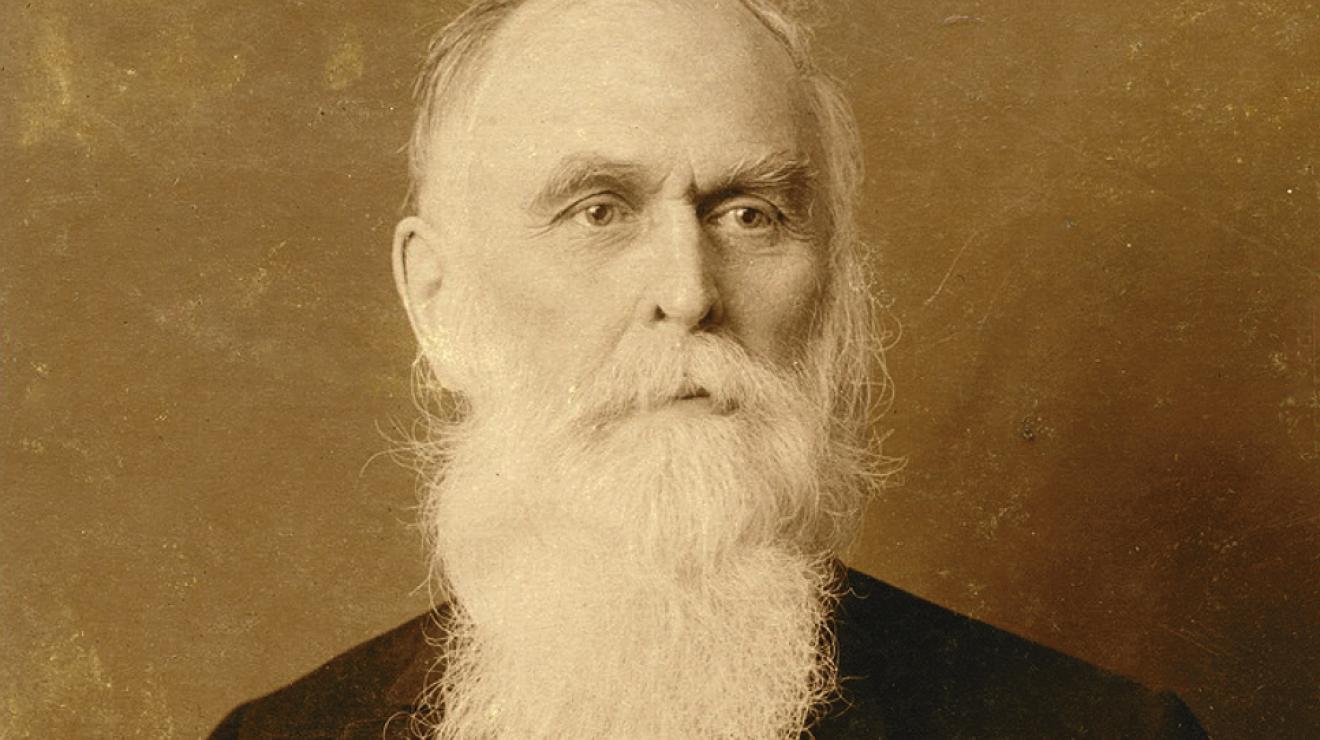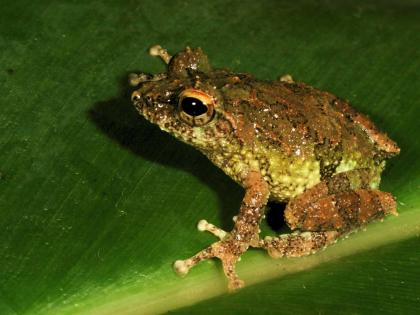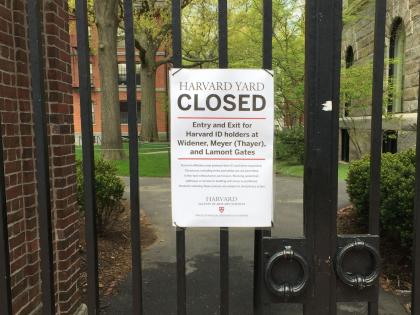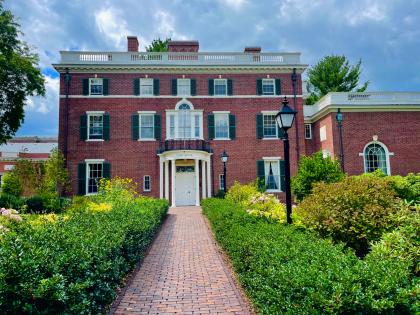Benjamin Smith Lyman was living proof of the benefits to health and well-being of the lifestyle he advocated in his Vegetarian Diet and Dishes, self-published in 1917, when he was 82 years old. A graduate of the Harvard class of 1855 that included scientist Alexander Agassiz, Phillips Brooks, Rector of Boston’s Trinity Church, and journalist and abolitionist Franklin Benjamin Sanborn, Lyman was an eminent mining geologist and published more than 150 articles on the topic. During his nine years as a mining engineer under contract to the Japanese government between 1872 and 1881, he also mastered that language. A linguistic rule involving the pronunciation of the initial consonant in compound words is still known as “Lyman’s Law.”
After becoming ill, possibly from poorly canned meats, while conducting a survey of mercury mines in California, Lyman became a vegetarian in 1864. His abstinence from meat was regarded as highly unusual at the time and shaped his work and relationships both at home and abroad: in India, where he carried out surveys in the Punjab for the British colonial government between 1869-70; in Northampton, Massachusetts, where he grew up and lived following his return from Japan; and in Philadelphia, the birthplace of American vegetarianism, where he lived from 1887 until his death in 1920.
Meat-free diets have a long history in the Western world, but the term “vegetarian” only gained currency in the United States in the 1850s, following the formation of the American Vegetarian Convention by Reverend William Metcalfe, who also established a branch of the English Bible Christian Church in Philadelphia. Metcalfe’s early converts included Dr. William Alcott (1798-1859), the author of Vegetable Diet: As Sanctioned by Medical Men, and by Experience in All Ages, published in 1838, and Sylvester Graham (1794-1851), an advocate of a diet free of meat, spices, and alcohol, and best remembered today for his promotion of whole grain wheat. Although Lyman was certainly aware of these dietary reformers and was acquainted with members of the Transcendentalist movement who dabbled in vegetarianism, he did not join any of these groups. For him, vegetarianism had a scientific and moral basis and was a lifelong commitment. As he declared in his cookbook, “the unquestionable sufficiency of the vegetable diet removes all necessity for butchering animals for food,” and renders the practice of eating meat “a harmful, as well as needless, relic of savagery.” Yet even as he shunned both meat and alcohol himself, he was not opposed to serving it to others. The daily ledgers kept by his Japanese cook, Kotaro, now at the University of Massachusetts, Amherst, testify that turkey and beef were on the menu for guests.
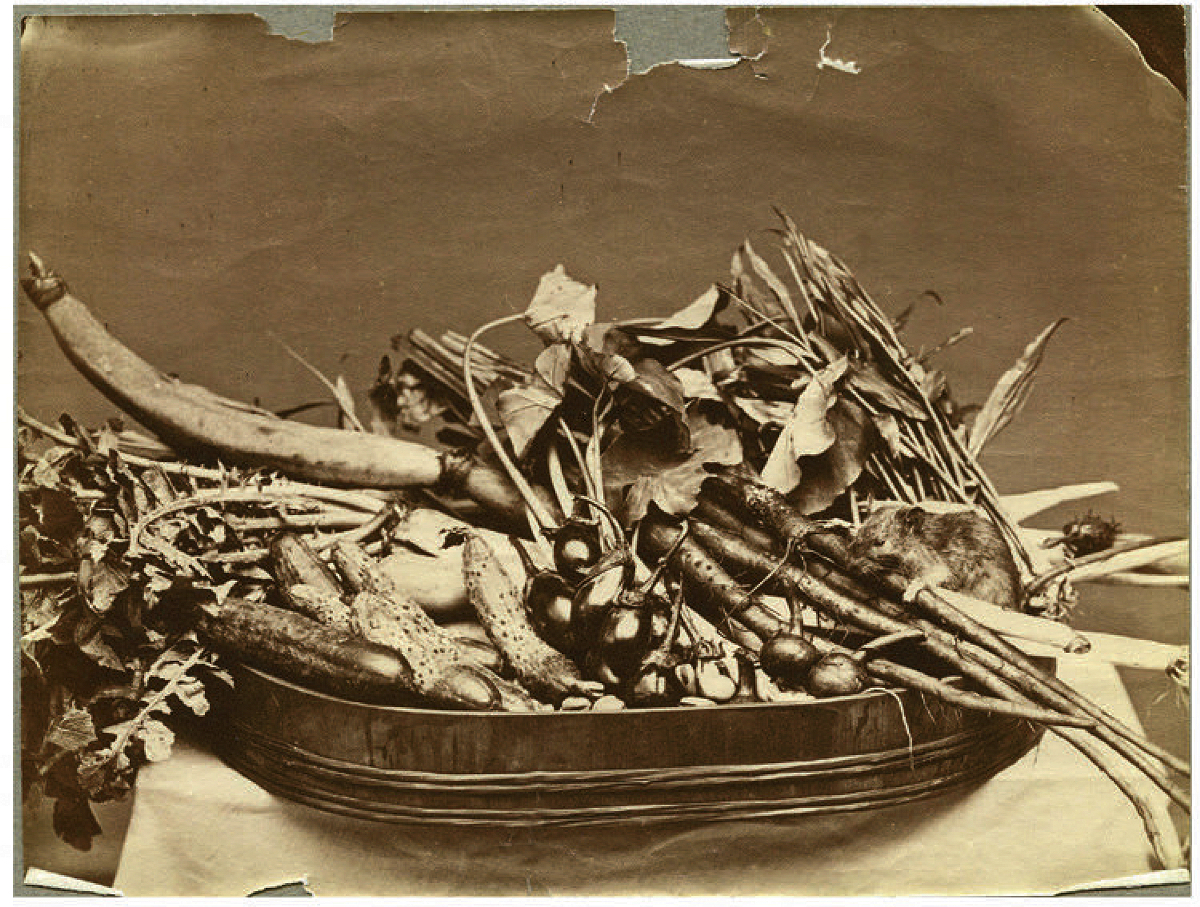
Most nineteenth-century American vegetarians subsisted chiefly on a diet of nuts, fruits, and grains and avoided spicy foods. But Lyman was an adventurous eater who enjoyed and promoted Indian curries. Although Lyman, a life-long bachelor, did not regularly cook for himself, he enjoyed experimenting in the kitchen.
While in Japan, Lyman adapted to local foodways and learned the names of vegetables and other ingredients with the help of his cook. Kotaro’s ledger is easy to read since each entry is written in clear Chinese characters with their Japanese phonetic versions. On April 1, 1874, for instance, Kotaro purchased white beans; salad greens; Japanese tangerines; persimmons; carrots; two varieties of mushrooms (matsutake and shiitake); udo, a vegetable with a taste like asparagus; and two varieties of seaweed used in soup (wakame and kombu). Lyman even recorded the Japanese vegetables that were part of his daily diet in a photographic still life. The inclusion of a small rat beneath the stalks of chervil may be a sign of his “kindliness to animals” or perhaps an allusion to the Year of the Rat (1876).
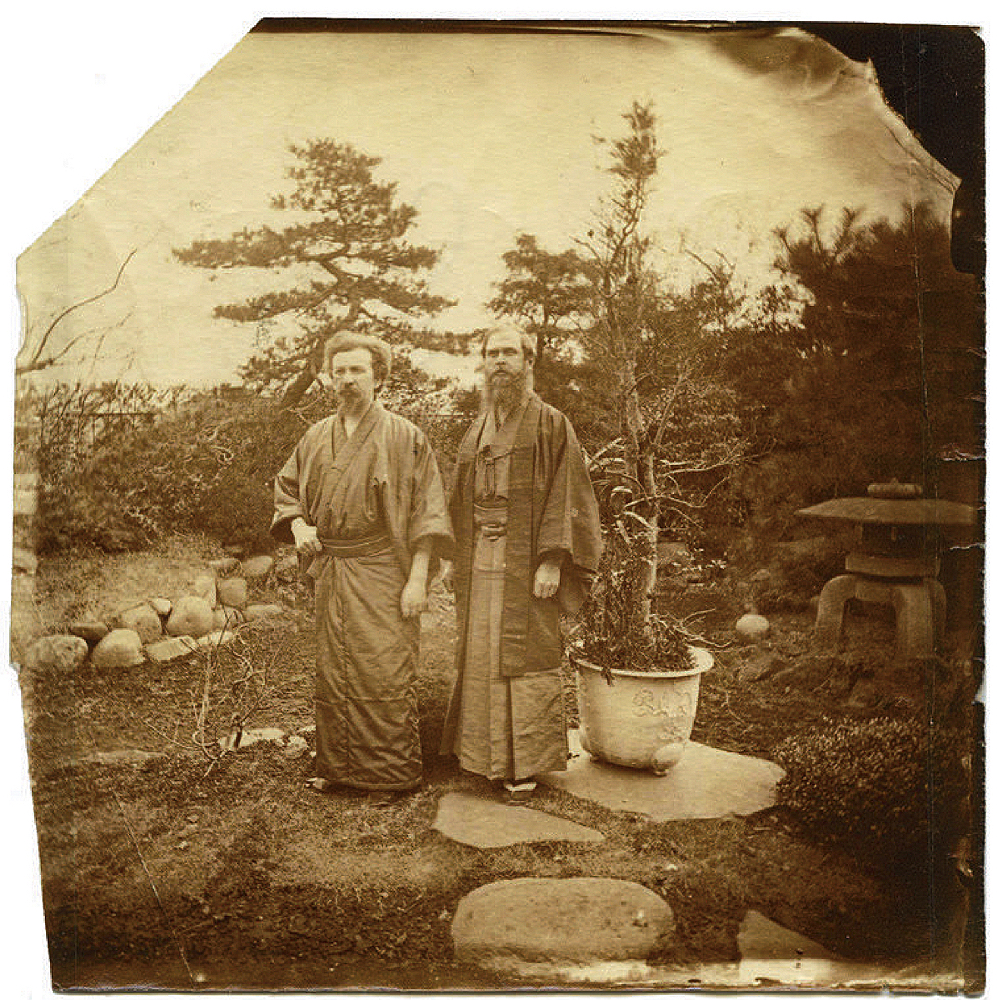
His cookbook contains no recipes for dishes prepared with these ingredients, but it gives some idea of the range of foods he was familiar with and enjoyed in Japan. He was an early proponent of tofu, an economical, protein-rich staple of the East Asian diet that at the time was distasteful to most Euro-Americans, observing:
“The Chinese and Japanese make a highly digestible and nourishing white curd from beans; and it might probably be very advantageously produced in Western countries, and could perhaps be made more palatable to us than it is in its simplest conditions in the Far East, as in some of its forms, it is already delectable.”
The desire to demonstrate the value of vegetarianism and to be an agent for social change drove Lyman to publish Vegetarian Diet and Dishes, but the 1,001 recipes compiled during the last two decades of his life did not find an audience. His devoted Japanese students, many of whom had become prominent geologists, are known to have bought copies, and Lyman himself presented one to his Class Secretary for deposit in the Harvard Library, but both the man and his cookbook were ahead of their time.
